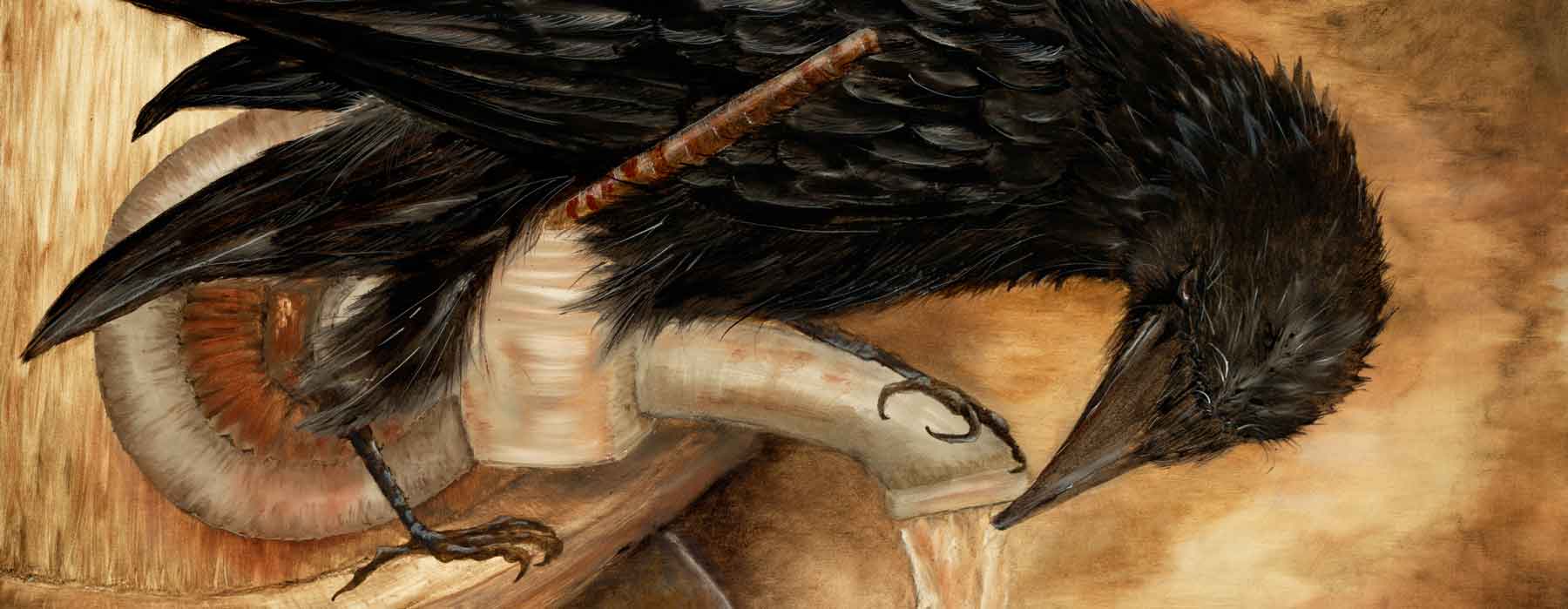It’s been bone dry lately. This morning I brought my camera with me so I could take pictures of the driveway flowers.
Ordinarily this would have been an “exercise walk” and I wouldn’t have brought the camera because that would have just caused me to stop and take pictures. Which would have defeated the purpose of the exercise, which is to get the heart rate up and sustained up for a little while.
However, I’m still not up to my old self after the tick fever episode, so exercise isn’t “exercise” in the same sense of the word yet. Ha. So I brought the camera and called all the stooping and squatting “exercise”.
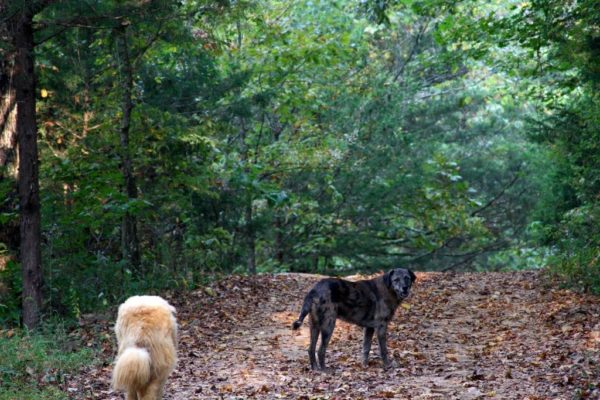
It’s been so dry. We hadn’t gotten any rain for weeks and the trees are already dropping their leaves. Later in the afternoon, though, we did get a really nice shower.
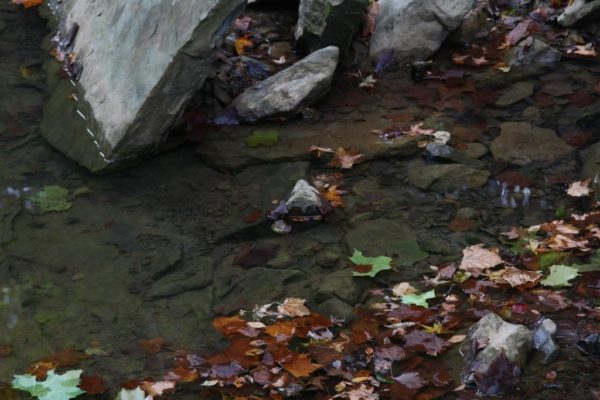
The water goes underground in the creek once it gets this dry. It leaves only a few small pools here and there. I have to check regularly to make sure the horses still have their usual water hole, but so far it’s never dried up in certain spots on their portion of the creek.
When the water is low, it’s easier to find interesting rocks. This one has an inclusion that looks like part of a plant. Or something else. I’m not sure what it is, but it looks like a fossil of some sort.
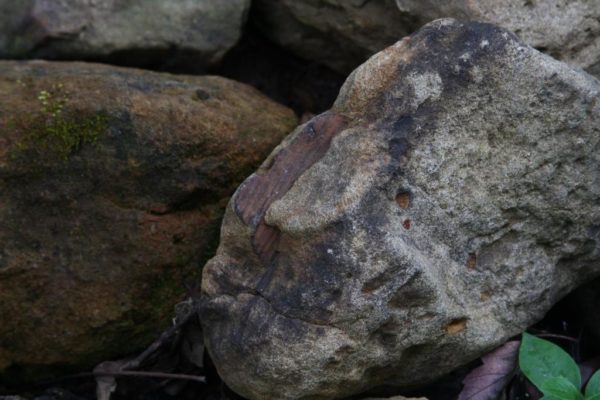
In spite of the drought, some of the driveway flowers are still doing well.
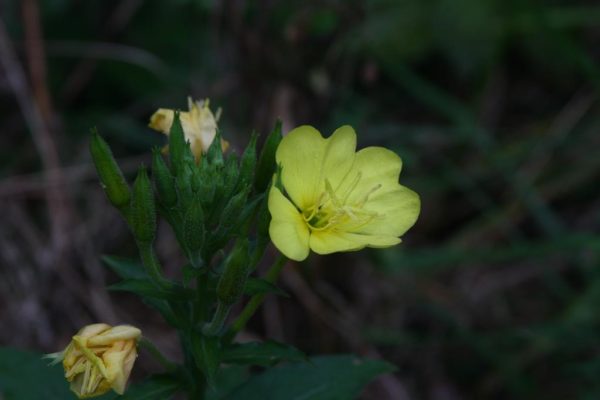
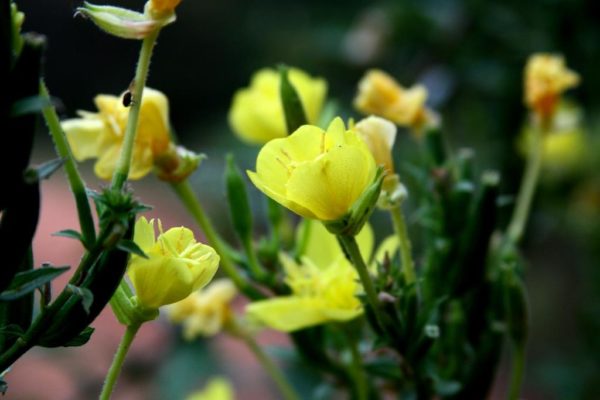
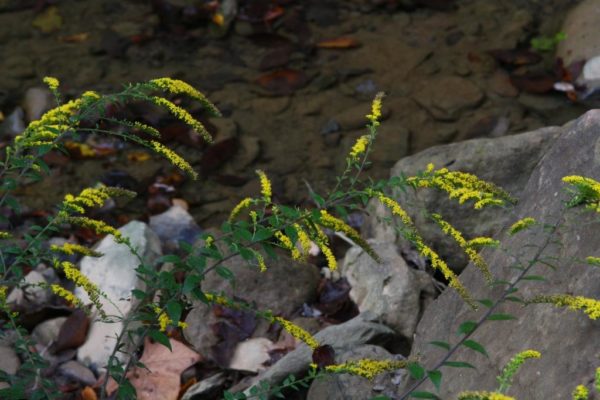
Many people mistakenly think it’s the goldenrod causing their allergies. In reality, it’s the ragweed which blooms during the same time frame. I didn’t take any pics of the ragweed. It really messes with my sinuses and I didn’t want to get any closer to them than I had to.
This one is called camphorweed, but it doesn’t smell like camphor to me. It plain stinks. It ought to be called stink weed instead. The latin binomial gives a good clue to its nature: Pluchea foetida.
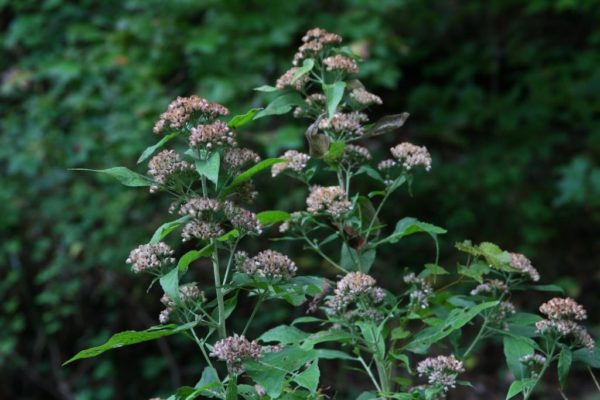
Down in Louisiana, when someone speaks of boneset, it’s usually Eupatorium perfoliatum. Up here in the Ozarks it’s usually a different boneset. This one is Eupatorium serotinum, or late boneset.
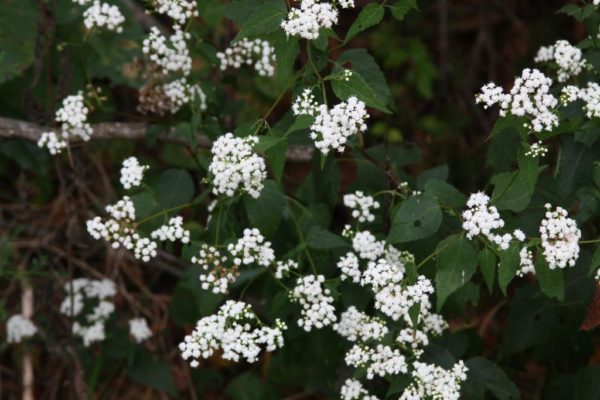
I know that E. perfoliatum is an herb once used to treat “breakbone” fever, or dengue fever. I’m not sure if our local variety has the same properties.
Once summer begins morphing into fall, the Lobelia inflata seed pods swell and ripen. I collected enough seeds of this plant last year that I didn’t need to gather more this year. It’s a valuable part of antispasmodic formulas I craft and really works quickly for muscle pain.
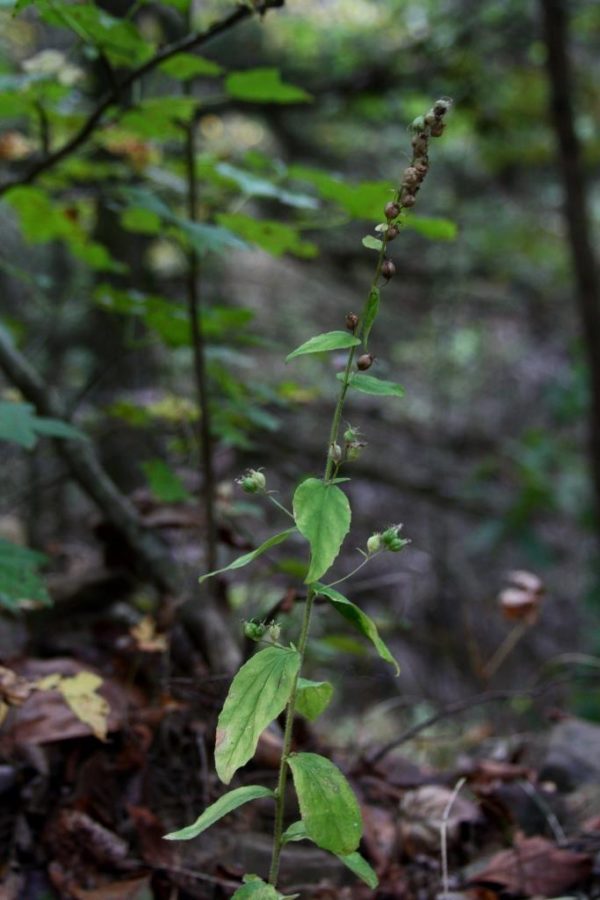
I wrote an article on this often overlooked plant for the North American Native Plant Society. It was included in the August 2017 issue of their members-only newsletter magazine called Blazing Star. I’m still waiting for my copy to arrive in the mail. I’m excited about this article because it also includes my drawing of lobelia and this issue is the very first color print version.
A prettier kind of lobelia that grows here is the Lobelia siphilitica, or Great Blue Lobelia. This one would look nice in wildflower gardens, but they don’t do so well in drought conditions. The ones growing near the creek still look good, but these are beginning to suffer.
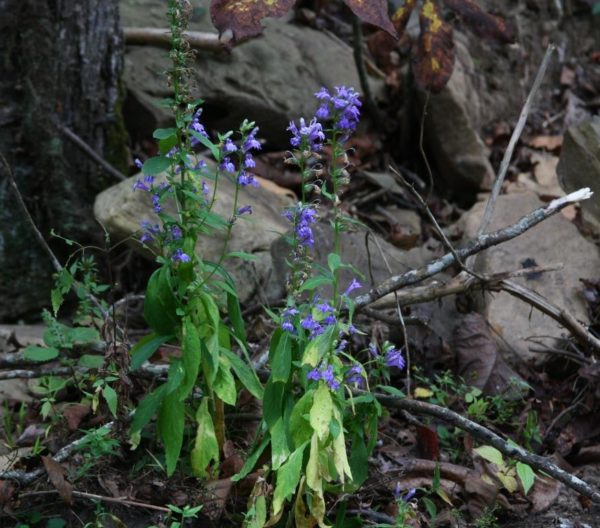
The asters always look pretty no matter how dry it gets.
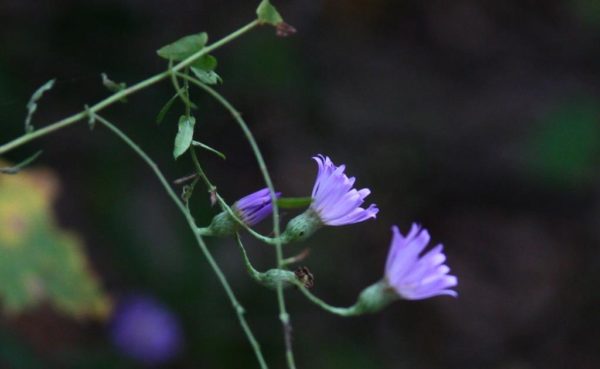
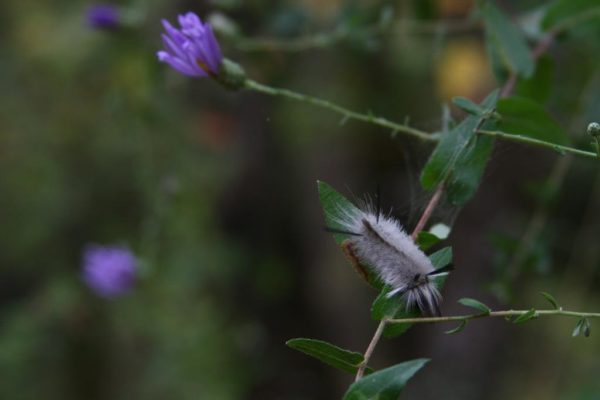
I found an interesting new to me flower on my walk this morning.
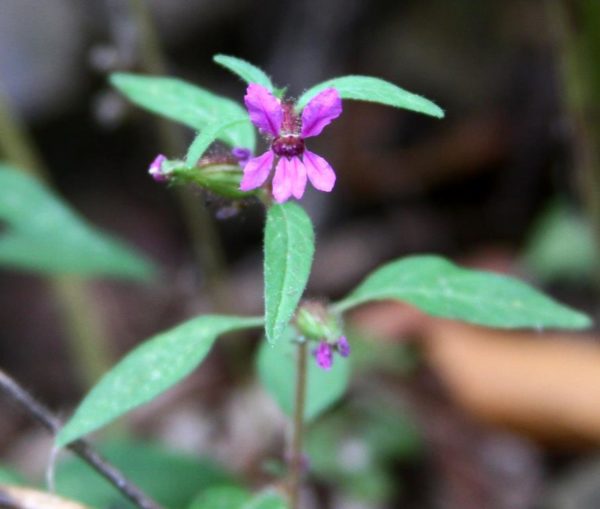
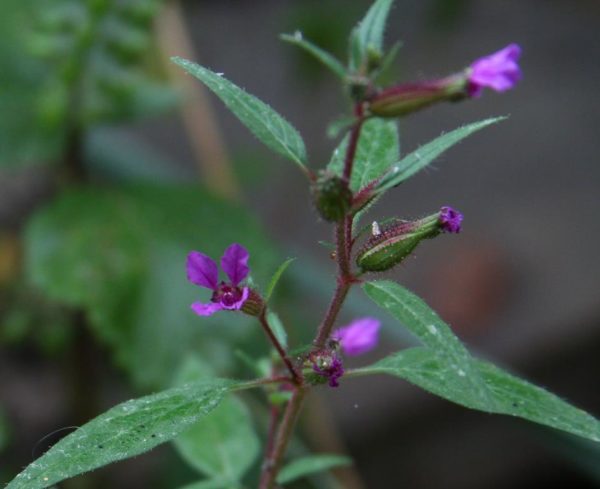
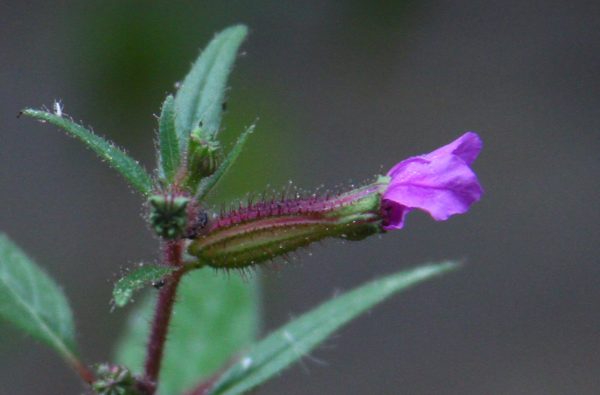
I’ve never noticed this plant here before and I’m not sure if that’s because it was never here, or because I just never noticed it. Of all the driveway flowers I normally pay attention to, this is one of the smaller ones I’ve ever noticed.
It’s only about a foot tall, and fairly frail and the flowers are small. But the entire top half of it has little sticky hairs all over it. The seeds of this plant contains an oil that is being researched for biofuel and for use in cosmetics and food.
I couldn’t find much about it on the internet, but it’s a member of the Loosestrife family. The common name is Tarweed, or Blue waxweed. It’s one I want to learn more about.
Well, that was the end of my driveway walk. After taking that last photo I hiked my way back up the hill and didn’t stop again until I reached the house.
